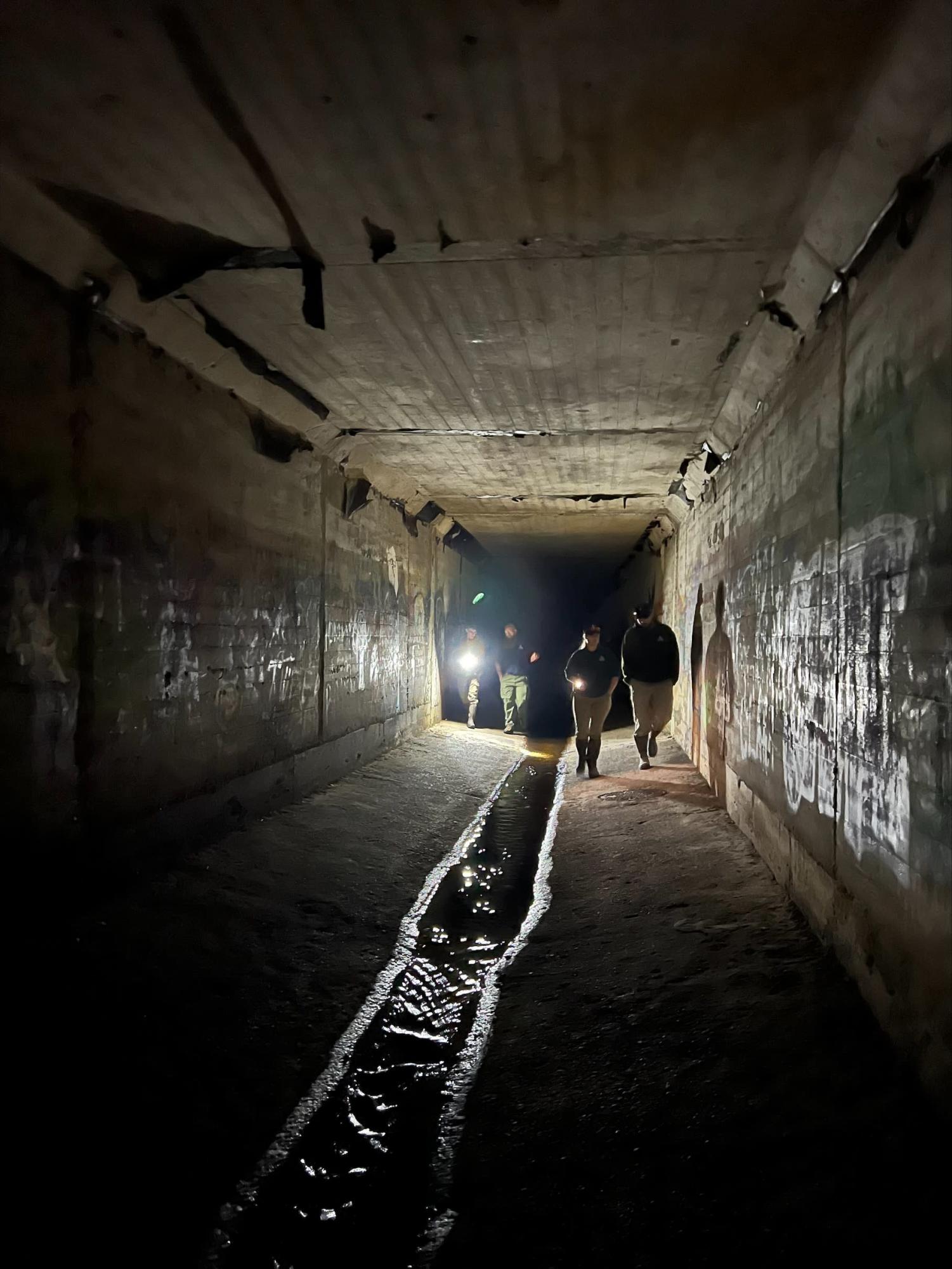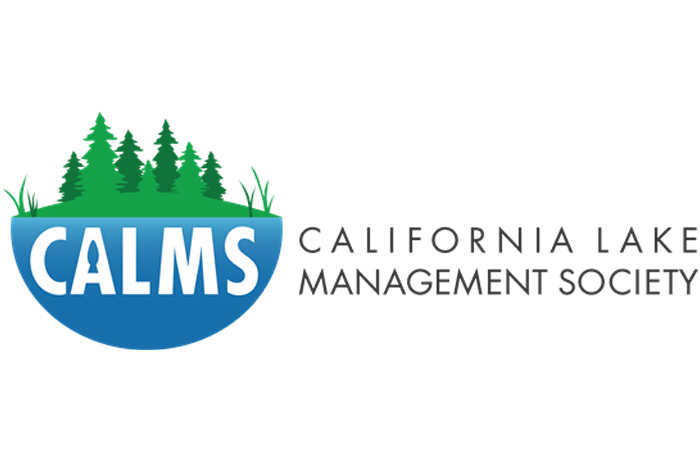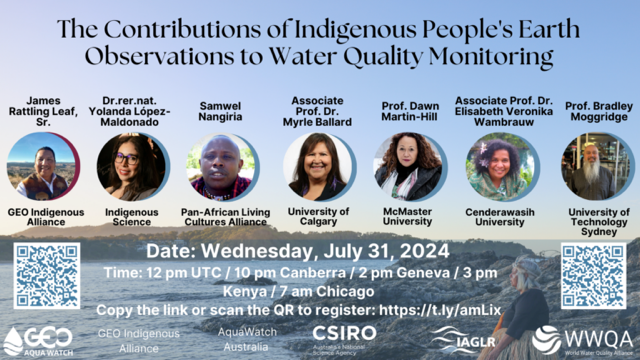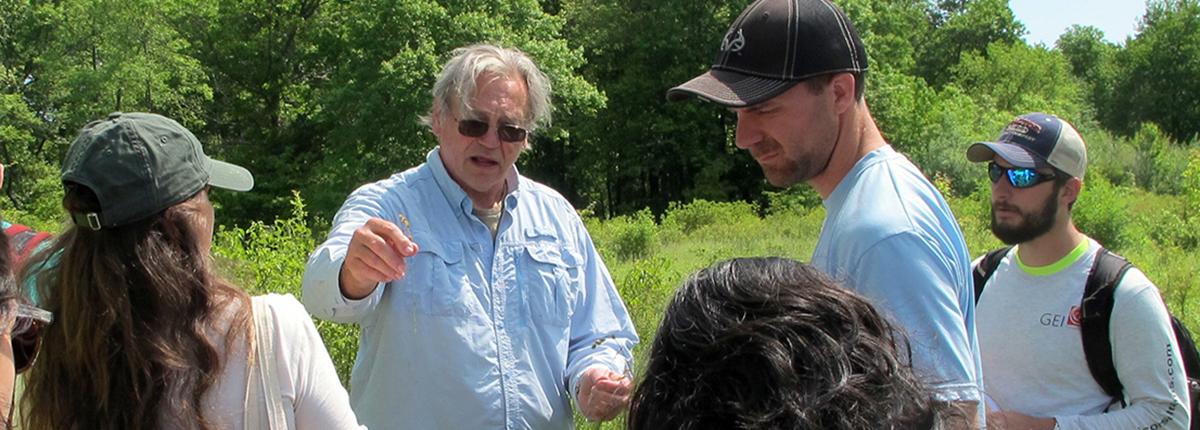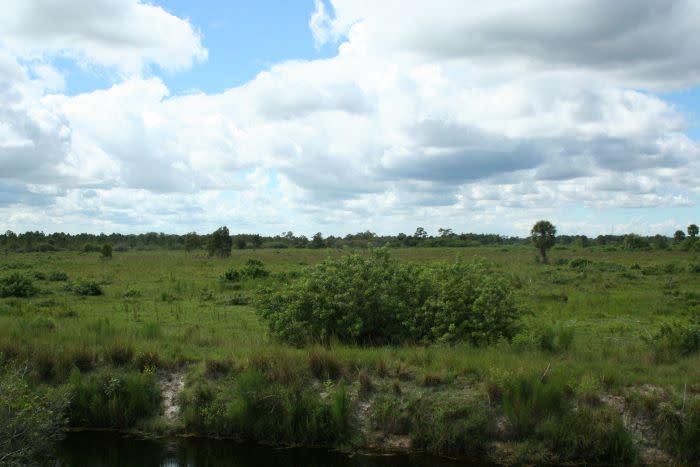
July 2023 Webinar – A Broad Scale 2,500 Acre Wetland Habitat Restoration Project in South Florida
Monthly webinars are offered as a benefit of membership. Once each quarter, in March, July, September, and December, the monthly SWS webinar is open for non-members to attend (and at no cost), as well. Avenir is a mixed-use development in Palm Beach Gardens, Florida. The parent property was comprised of 4,763 +/- acres of highly […]

